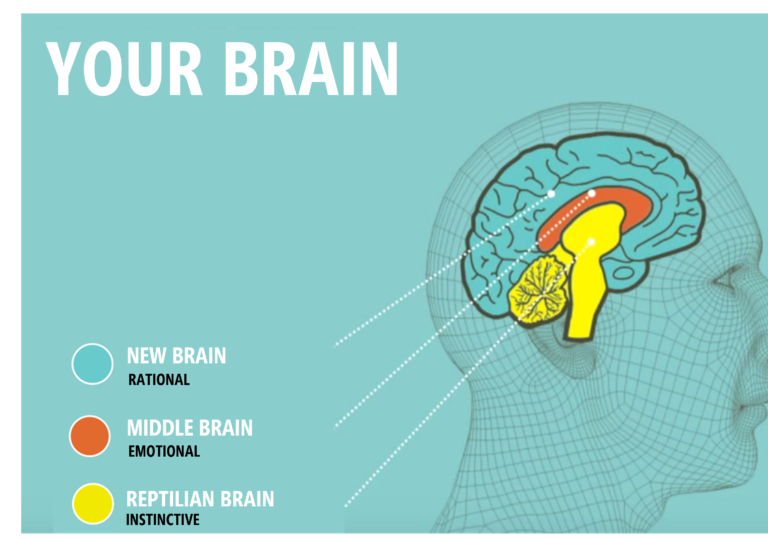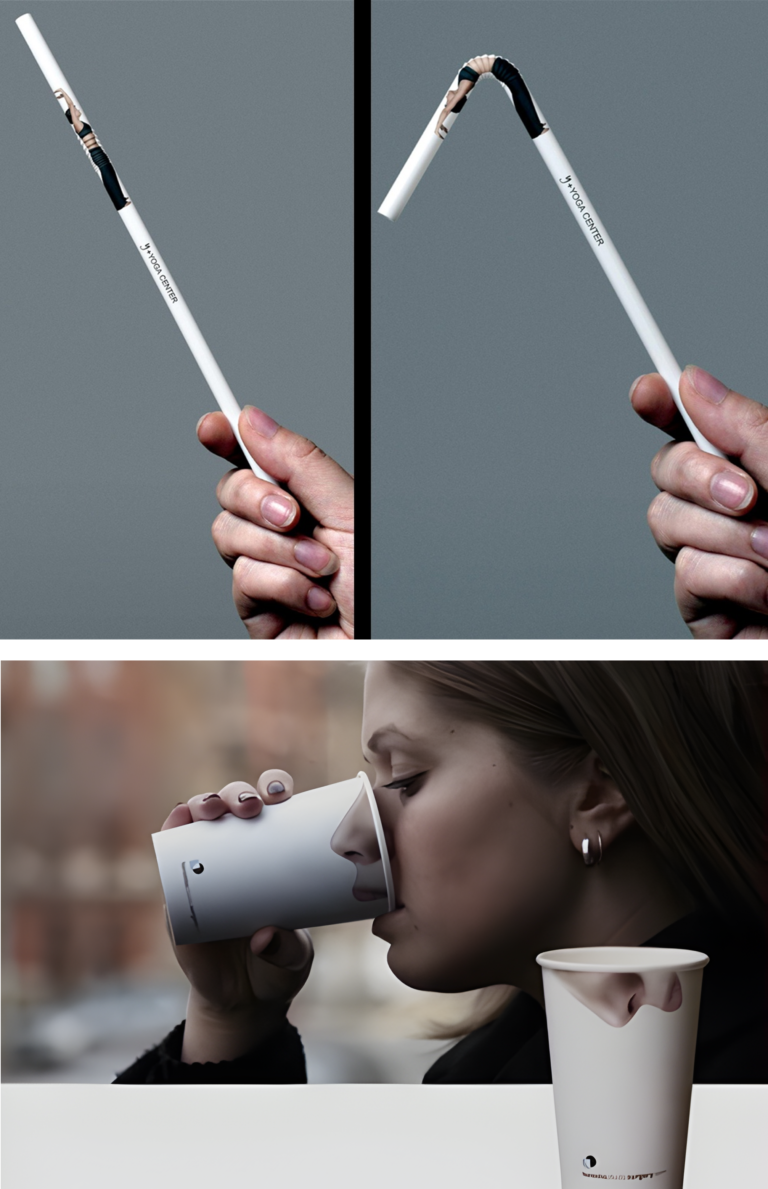The 6 Stimuli to the Reptilian Brain: A Summary of Patrick Renvoisé's Ted Talk
This post is the first of a 3-part blog series around methods proposed by Patrick Renvoisé and Christophe Morin to attract the attention of the reptilian brain.
Patrick Renvoisé, President & Chief Neuromarketing Officer at SalesBrain , described six stimuli that can be addressed to our reptilian brain in order to make us buy. In his Ted Talk, he provides concrete examples of advertisement and describes different actions that had successful results.
According to Patrick Renvoisé, the brain is actually composed of three main systems: the new brain or neocortex, which controls the rational part of our brain; the middle brain, which is in charge of our emotions, and the reptilian brain that controls the instinctual part of our brain.

The reptilian brain is the first part of our brain that has existed. It controls our unconscious body activities that allow us to survive: blood pressure, body temperature, digestion. Its functioning is fast but limited, as opposed to the new brain which is slower but has the ability to make more complex and abstract thinking. We estimate that 85% of all our daily actions come from our reptilian brain, as the brain wants to consume the less energy possible. When you buy your favorite laundry detergent, your toilet paper, your toothpaste and most of the products that you choose in less than 5 to 10 seconds, your reptilian brain has actually made the decision. Therefore, the goal for marketers is to address their marketing messages and stimuli to the reptilian brain so that the consumer would buy without complex thinking and therefore possible non-action.
The Six Stimuli to the Reptilian Brain
- Self-Centered: the reptilian brain is egoistic, it is only about “me, me and me.” For example, an advertisement showing a biker from the point of view of the rider; when you see the picture, you will say, “It’s me!”.
- Sprite Advertising: “Obey your thirst.”
- American Propaganda: “I want you.”
- Domino’s Pizza: “You got 30 minutes”
- Nike: “You just do it.”
- Contrast: the reptilian brain responses to contrast such as before/after, hot/warm or night/day.

- Tangible: the reptilian brain barely understands words, so the message must be tangible, visible so that you can situate where the message takes place.

- Visual: the reptilian brain is directly connected to the optic nerve, which is 50 times faster than the auditory nerve. Therefore, the message or stimuli should present value proposition through visualization.

- Emotion: the reptilian brain is directly linked to the limbic system that controls the emotional part of the whole brain. Creating emotions is another powerful way to attract the attention of the reptilian brain.

- Beginning & End: the reptilian brain is awake at the beginning and the end of the action and forget pretty much everything in between. As Georges Lucas, the film maker, said: “The secret of a good movie is a hot opening, a hot close and… just don’t screw up in the middle.”
Real Life Applications
- Cleaner Restrooms: One funny example was made on a highway restroom. Did you ever wonder why on some toilets, a little fly is drawn? It’s absolutely not the result of a random thinking. By observing a large amount of “leaks”, managers decided to draw a fly in the toilet. It seems like a basic idea, but the visual aspect of the fly in the center of the toilet reduced by 80% the number of “leaks” because people tried to “target” the fly during their restroom visit.

- Better Drinking: If you serve a drink in a tall glass, people have a tendency to drink less because it creates the illusion, through visual, to the reptilian brain that you’re drinking more. It has been proven that there was an average of 34% more consumption in wide glasses, kids drink 74% less juice and bartenders poured 27% less on average.

- Better Eating: the director of a food service in a school district feeds 2 000 kids a day. She could change the consumption of certain dishes by as much as 25% simply by changing the serving order. She put the “bad” food in the middle and the vegetables at the beginning and the end.
- Better Savings: In San Marco CA, energy users decreased their usage playing with emotion when they were informed of the average neighborhood consumption, creating -3.5% in energy consumption. But the result can be even more important if they received a smiley on their bill.
From 6 Stimuli to 4 Steps
- Diagnose the pain : you have to truly understand what makes customers sick at their reptilian level, not what they want but what they fear and pain in their subconscious.
- Differentiate your claim : make your claim distinguished from other stimuli around it to make customers see your message.
- Demonstrate the gain : use the previous stimuli in order to pass through a painful situation to a less painful situation and clearly demonstrate how your product or service is useful for them.
- Deliver to the reptilian brain : make your message simple, visual and meaningful to allow the message to penetrate the reptilian brain directly without thinking from the consumer.
